Adding hypersonic missiles to the arsenal of dozens of Arleigh Burke class destroyers could be a very expensive and labor intensive endeavor.
Get the latest international news and world events from around the world.
The Navy Just Sent A Drone To Deliver Cargo To One Of Its Ballistic Missile Submarines
The Navy is exploring new options for replenishing its submarines out at sea, which could have broader impacts on how it resupplies all of its fleets.
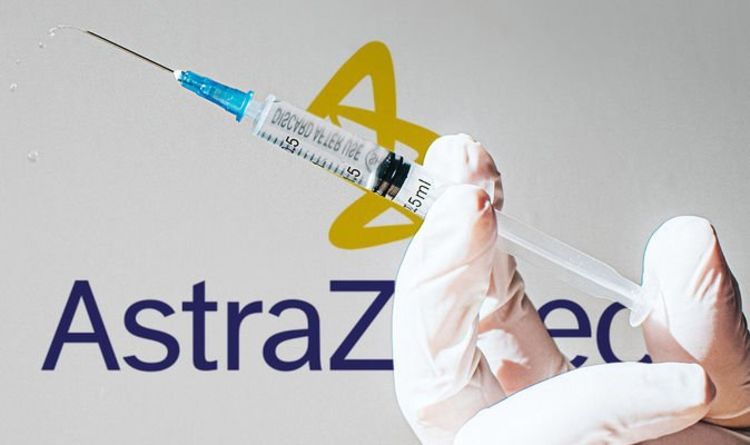
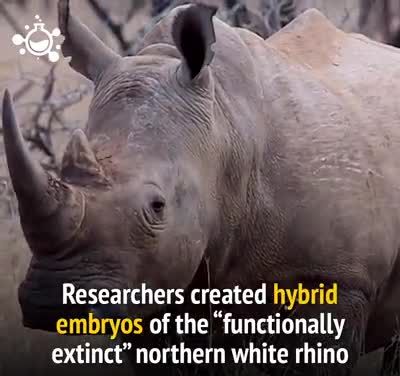

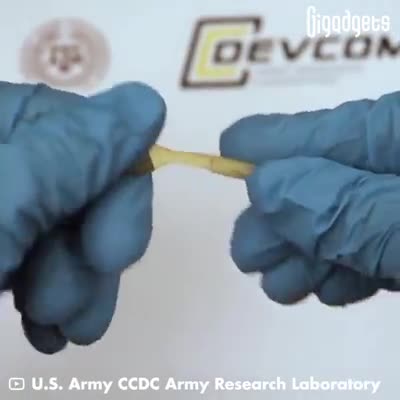
Reversing Skin Biological Age With Cutting-edge Longevity Science 🧬
OneSkin Technologies is a longevity company started by a team of incredible female PHDs and entrepreneurs, who have been using cutting edge technology to identify the senescent cells that cause your skin to age.
⠀⠀⠀
Discover how they use key peptide molecules to eliminate those senescent cells, making you look and feel 10 years younger.
Subscribe for Peter’s latest tech insights & updates: https://www.diamandis.com/subscribe
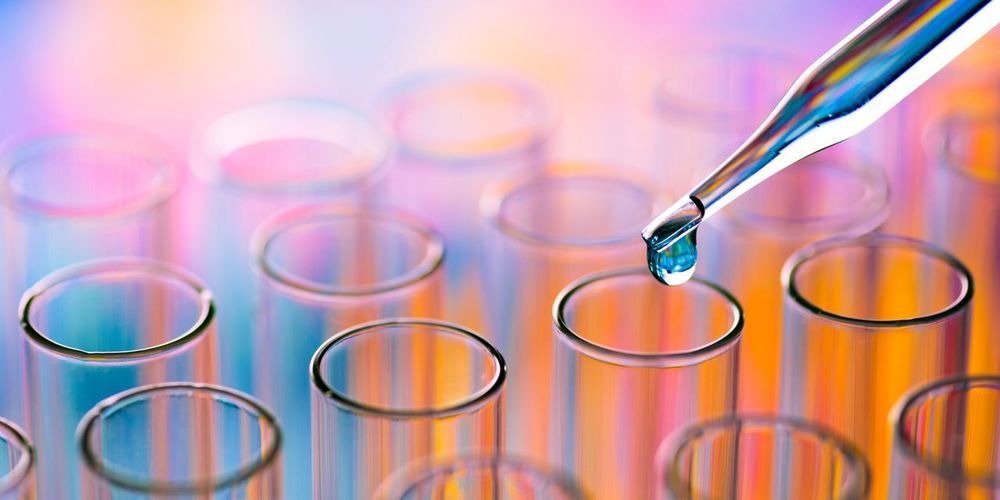
Crispr Therapeutics’ Gene-Edited Treatment Stopped Cancer in Some Patients
Using the Crispr gene-editing technique that won a recent Nobel Prize, Crispr Therapeutics cleared blood cancers in patients with off-the-shelf immune cells. These so-called CAR-T therapies previously required a patient’s own cells.
In a Wednesday morning announcement, Crispr Therapeutics (ticker: CRSP) said that its gene-editing let doctors use cells from healthy donors—opening up prospects for broadly available, less-expensive use of CAR-T treatment.
In the Phase 1 trial, the lymphoma blood cancer in four of 11 patients responded completely to infusions of T cells whose genes were altered to target the cancer and prevent transplant rejection. Standard treatments had failed all participants. In patients that got higher doses, the complete responses have lasted for months.
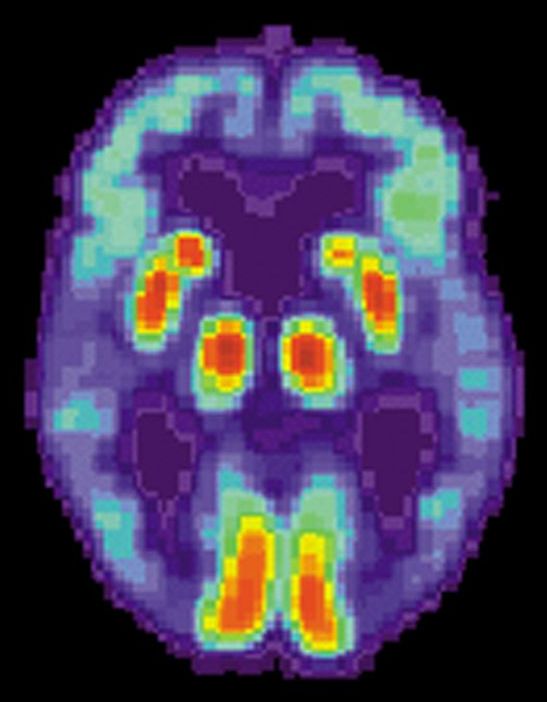
New vaccine could help halt Alzheimer’s progression, preclinical study finds
Our immune system’s capacity to mount a well-regulated defense against foreign substances, including toxins, weakens with age and makes vaccines less effective in people over age 65. At the same time, research has shown that immunotherapy targeting neurotoxic forms of the peptide amyloid beta (oligomeric Aβ) may halt the progression of Alzheimer’s disease, the most common age-related neurodegenerative disease.
A team led by Chuanhai Cao, Ph.D., of the University of South Florida Health (USF Health), has focused on overcoming, in those with impaired immunity, excess inflammation and other complications that interfere with development of a therapeutic Alzheimer’s vaccine.
Now, a preclinical study by Dr. Cao and colleagues indicates that an antigen-presenting dendritic vaccine with a specific antibody response to oligomeric Aβ may be safer and offer clinical benefit in treating Alzheimer’s disease. The vaccine, called E22W42 DC, uses immune cells known as dendritic cells (DC) loaded with a modified Aβ peptide as the antigen.
The Direct Fusion Drive That Could Get Us to Saturn in Just 2 Years
Suddenly, a billion miles doesn’t seem so far.
Experts say the right kind of propulsion system could carry spacecraft to Saturn in just two years. The direct fusion drive (DFD), a concept being developed by Princeton Plasma Physics Laboratory, would make extremely fast work of the nearly billion miles between Earth and Saturn.
🌌You like our badass universe. So do we. Let’s explore it together.